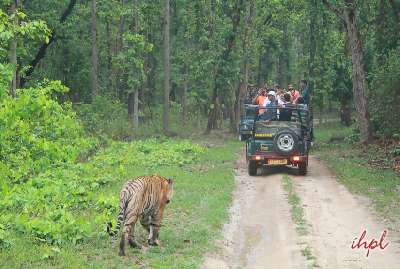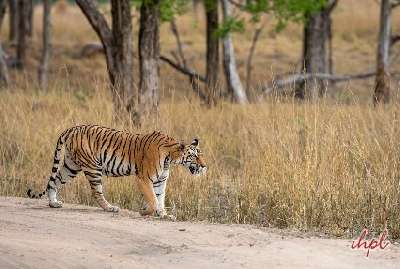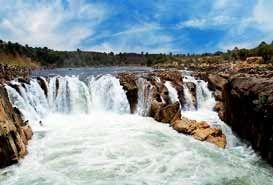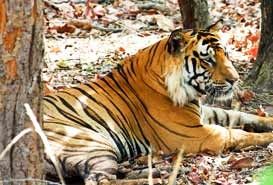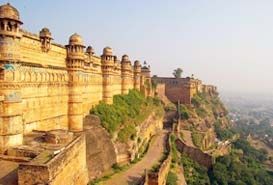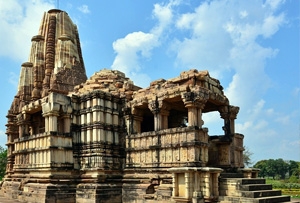The Kanha Tiger Reserve, which occupies parts of the Mandla and Balaghat districts of Madhya Pradesh, is located in the Maikal hills of the Satpura Ranges. Renowned worldwide for its rich floral and faunal bounty, Kanha ranks as one of the finest national parks in Asia. Indianholiday offers online guide on the History of Kanha India.
The Banjar and Halon valleys served as exclusive hunting grounds for the British in India. According to the History of Kanha, these regions were home to a large population of the swamp deer or hard-ground Barasingha. In 1931, the forests came to be closed for hunting owing to the over-hunting of the barasingha, which resulted in a sharp decline in their populace. Kanha valley attained the status of a sanctuary in 1933, encompassing an area of about 250 sq. kms. In 1935 the adjacent Halon valley around Supkhar, which had an area of 300 sq. kms, gained the status of a sanctuary and came to be attached to Kanha. But later, the Suphkar sanctuary was de-notified, with the Banjar valley alone remaining a sanctuary.
The History of Kanha Tiger Reserve also mentions that in 1955 the Banjar valley attained the status of a National Park, and the park came to be called Kanha National Park. During the initial phase, the park comprised an area of 253 sq. km. In 1962 Kanha National park was expanded to 318 sq. kms, and in 1970 Mukki Valley was added, resulting in the park’s total area being increased to 446 sq. kms.
The History of Kanha also has it that when the Project Tiger was initially launched in 1973, nine Tiger Reserves got enlisted under it, with Kanha National Park being one of them. Under Project Tiger, the Halon valley came to be integrated into the park, with the result that the total area of Kanha National Park went up to its present area of 940 sq. kms.



